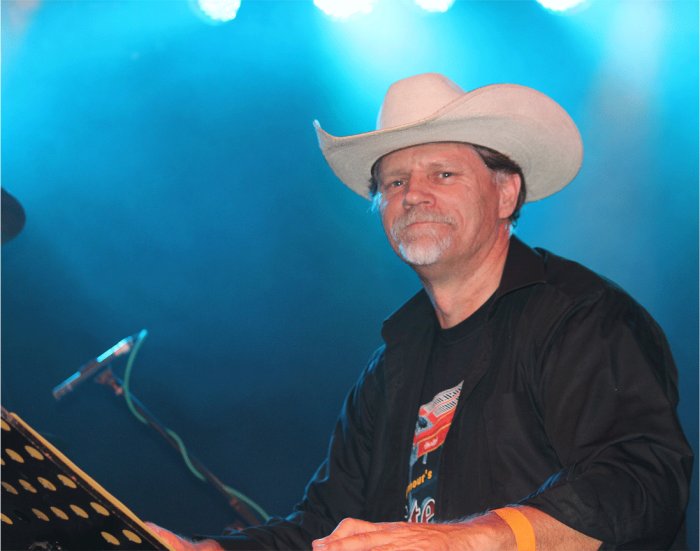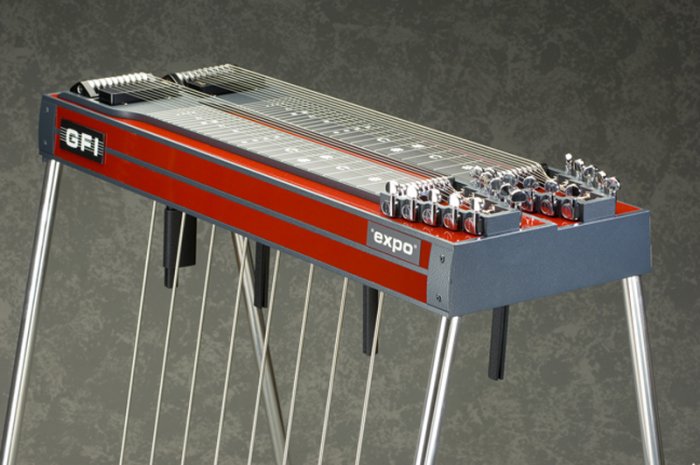 What makes country music different is not just the tunes or the lyrics. Country music has a unique sound all its own, much of it contributed by musical instruments not used in other music genres. The pedal steel guitar is the latest evolution of an instrument that traces its ancestry to Hawaii in the late 19th century. There, a technique of playing a guitar was developed wherein the left hand was not used to fret the strings as is usually the case. Instead, the guitarist would slide an object like a comb or the back of a knife blade along the strings just above the guitar's neck.
What makes country music different is not just the tunes or the lyrics. Country music has a unique sound all its own, much of it contributed by musical instruments not used in other music genres. The pedal steel guitar is the latest evolution of an instrument that traces its ancestry to Hawaii in the late 19th century. There, a technique of playing a guitar was developed wherein the left hand was not used to fret the strings as is usually the case. Instead, the guitarist would slide an object like a comb or the back of a knife blade along the strings just above the guitar's neck.
Joseph Kekuku is credited by the Steel Guitar Hall of Fame as the inventor of the Hawaiian steel guitar. He was born in 1874 in La'ie, Hawaii and experimented with the design and many of the components of the steel guitar used today. Kekuku died in 1932 and was inducted into the Hall of Fame in 1993.
In the 1920's and 30's, the Hawaiian style of playing gained popularity in the USA leading the Dopyera brothers to add a resonator cone to the guitar thereby creating the resophonic guitar commonly called a “dobro”. In the 1930's a flat slab of wood or metal replaced the hollow body of the guitar, and an electric pickup was added. This became known as the “lap steel guitar” and was the first electric guitar to become a commercial success. Then came the “console guitar” which added more necks to solve the limitations of chord shapes followed by the addition of pedals and knee levers to change the tuning of the strings and alter the pitch, bringing us to the “pedal steel guitar”.

Rectangular in shape, the pedal steel guitar is a horizontal instrument with the strings facing upwards, no resonant chamber or traditional guitar body, and one or more necks usually with ten strings each. It has foot pedals and knee levers and is usually plucked with a thumb pick and fingers or fingerpicks. Pedals are located below the body and are either fixed or adjustable, while the levers stretch from the bottom of the body. These are used to adjust the tension of the strings thereby changing the pitch while the guitar is being played. “Steel” in the instrument's name refers to the metal tone bar which functions as a movable fret. The design of the pedal steel guitar makes it a highly versatile musical instrument which explains why it has become a mainstay of country music.
The guitarist usually sits on a stool at the instrument, uses the right foot for the pedal that controls the volume, and the left foot for one or more of the foot pedals. By moving the knees left, right or upwards, the artist can push the levers underneath the body. The unique sounds of the pedal steel guitar can only be achieved after mastering its technical workings and perfecting the right physical techniques. That is why talented guitarists command a premium in country music where the pedal steel guitar is most commonly played.
Pictured in this article - Dave Moore, Pedal Steel Guitarist with Doug Bruce and the Tailgators

 Subscribe to RSS Feed
Subscribe to RSS Feed